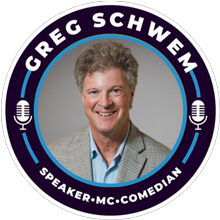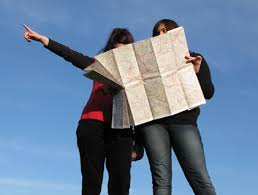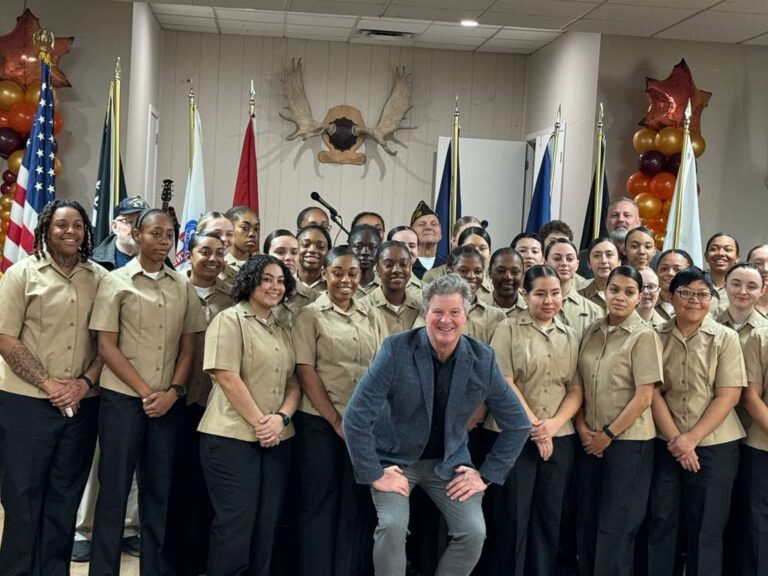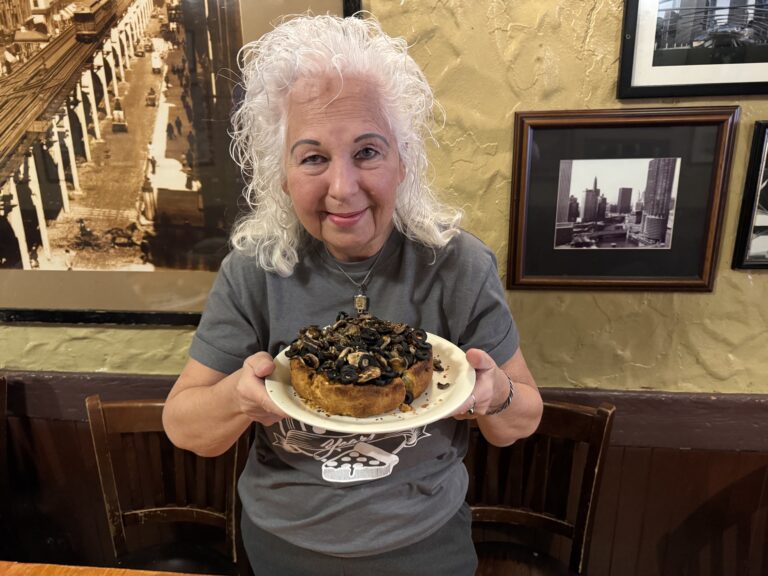I recently took a business trip to Poznan, Poland, a city renowned for having the world’s longest street names. If you don’t believe me, please visit the historic Poznan Town Hall district. Simply head south on Aleje Marcinkowskiego and hang a left on Paderewskiego. When you hit Wroclawska, you’ve arrived.
I have always prided myself on the ability to navigate strange cities, either by foot, car or public transportation. Barely 10 hours after landing in Japan, I successfully boarded a subway car and took it to Tokyo’s famed Akihabara District, a consumer electronics mecca featuring gizmos you won’t see in America for years. Okay, the subway ticket dispenser perplexed me and I’m sure I inserted enough Yen to pay for a month’s worth of subway rides, but it was a small sacrifice. I LOVE my iPhone 12.
However, like most consumers, I have grown more reliant on technology when it comes to directions. In moments of true hypocrisy I scream at my kids for staring at MapQuest while walking down a city street. “Be aware of your surroundings, memorize landmarks, what if your phone dies?” I bark at them before subtly punching an address into my own phone and following the commands until I arrive at my destination.
Unfortunately, my phone was useless in Poznan. Wi-Fi was spotty at best and so was a decent GPS signal. Even if one were available, I wasn’t sure if the commands would be in English, Polish, or worse, a combination of both.
“Skr w lewo, a nastpnie szybki prawo and then your destination is ahead,” I feared it would say. If Google Translate is correct, the first part of that sentence reads, “Take a left and then an immediate right.”
The concierge at my hotel seemed to think technology was not necessary when touring Poznan’s historical sites. “Here we are,” she said, producing a paper map and circling the hotel’s location with a ballpoint pen. “Now just cross this roundabout and continue walking along this road about two kilometers. That’s where you want to be.”
“Huh?” I replied, a word that never needs translating.
“Take the map,” she said. “It’s really quite easy.”
Forget the fact that I have no idea how far a kilometer is. I realized, upon assuming ownership of the tri-folded paper, how long it had been since I had actually used a map. It was obviously before my eyesight began to fail me, seeing that I could barely make out street names even with my trusty bifocals.
Still, I was determined to partner with this now archaic form of technology to navigate Poznan. I exited the hotel, glanced down at the map and promptly ran into a Polish woman carrying coffee. I neglected to ask Google what she said to me.
What was it the concierge said? Cross the roundabout? I stared at the map again, failing to see anything resembling a circular junction. My guess is it wasn’t included, seeing that the finest Polish mapmakers couldn’t begin to write Polish street names on a minuscule circle. However, I did make out Swiety Marcin, a street I began mentally referring to as “Sweaty Marcia.” It appeared to lead toward the historical district. Even better, the map showed it to be directly in front of me. Fighting the breeze that threatened to turn the map into confetti and eyes still cast downward, I began walking. Seconds later I was nearly run over by a bus zipping through the roundabout that I had obliviously entered.
After walking a few blocks on Sweaty Marcia and comparing cross streets with their location on the map I realized I was heading in the right direction. I arrived in the historical town square just in time to witness two mechanical Billy goats butting heads atop a clock tower. (Don’t ask. It’s a Poznan thing).
I glanced at my phone. Amazingly it was picking up both Wi-Fi and GPS signals. I pulled up Google Maps and typed in the name of my hotel. Maybe I’d discover a shorter return route.
I believe my phone uttered, “Skorzystaj z mapy papierowej.”
That’s Polish for, “Use the paper map.”




